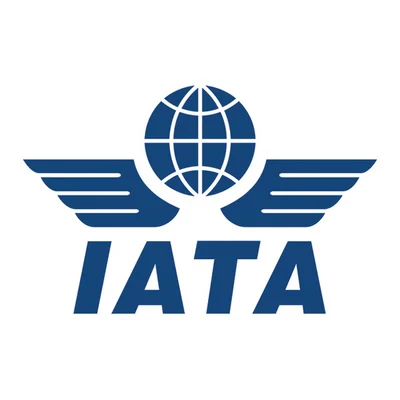Wingspans have also increased over time to improve aerodynamic efficiency. The Airbus A330neo, for example, has a wingspan of 210 feet, nearly matching the A350's 212.4 feet. Boeing's 777X features a 235.4-foot wingspan, which is longer than the 212.7 feet of the 777-300ER. Such increases help reduce fuel burn, but regulatory constraints from the International Civil Aviation Organization (ICAO) limit the maximum allowable wingspans to ensure compatibility with airport infrastructure. To address these restrictions, the 777X employs folding wingtips, extending the span while allowing compliance with existing regulations. This innovation, however, introduces additional weight and complexity and may require further regulatory testing.
Wingtip devices have also become standard on many aircraft to reduce drag caused by air spilling over the wingtip—a phenomenon known as the 'tip effect.' These devices, such as wingtip fences, blended winglets, raked wingtips, and split winglets, can increase fuel efficiency by 4-6%. The Airbus A310-300 was the first commercial airliner to feature such devices in 1985. Different manufacturers favor different types: Airbus often uses wingtip fences and blended winglets, while Boeing employs raked wingtips and split winglets.
Other engineering improvements include the use of 3D Computational Fluid Dynamics to optimize wing shapes and flexibility. For example, the Airbus A330neo's wing features an aspect ratio of 11, the highest among commercial aircraft in production. Improved integration of engines and other components has also enhanced efficiency.
Looking ahead, unconventional designs like blended wing bodies and truss-braced wings are being explored. JetZero is developing a blended-wing-body aircraft for the United States Air Force and commercial use, claiming up to 50% lower fuel consumption than current jets. Major airlines such as United Airlines, Alaska Airlines, and Delta Air Lines have invested in this technology. NASA is also researching truss-braced wings that could further reduce drag but face challenges like ice accumulation.
The future of wing design may continue to see incremental improvements or potentially a shift to radically different concepts. However, innovations such as folding wingtips on the Boeing 777X bring both benefits and new complexities, including potential impacts on maintenance and certification timelines.
“Boasting low-drag and being lightweight, JetZero claims its upcoming all-wing Z4 aircraft will use up to 50% less fuel than existing commercial jets. The aircraft is being designed as a mid-sized airplane and is expected to have a range of 5,000 nautical miles. Time will tell if the design proves successful or even disruptive or not. For now, the aircraft remains in the design phase, although United Airlines, Alaska Airlines, and Delta Air Lines have all invested in the jet.”
“Meanwhile, NASA is working on developing transonic truss-braced wings. These wings generate less drag compared with modern wings and therefore allow the aircraft to burn less fuel. However, one of the drawbacks is that the design could make the wing more prone to ice buildup. NASA is currently working to address ice up and develop an ice protection system.”
The evolution of wing design continues to play a central role in airline cost management and environmental impact, with new technologies promising further improvements in efficiency.
 Alerts Sign-up
Alerts Sign-up




































